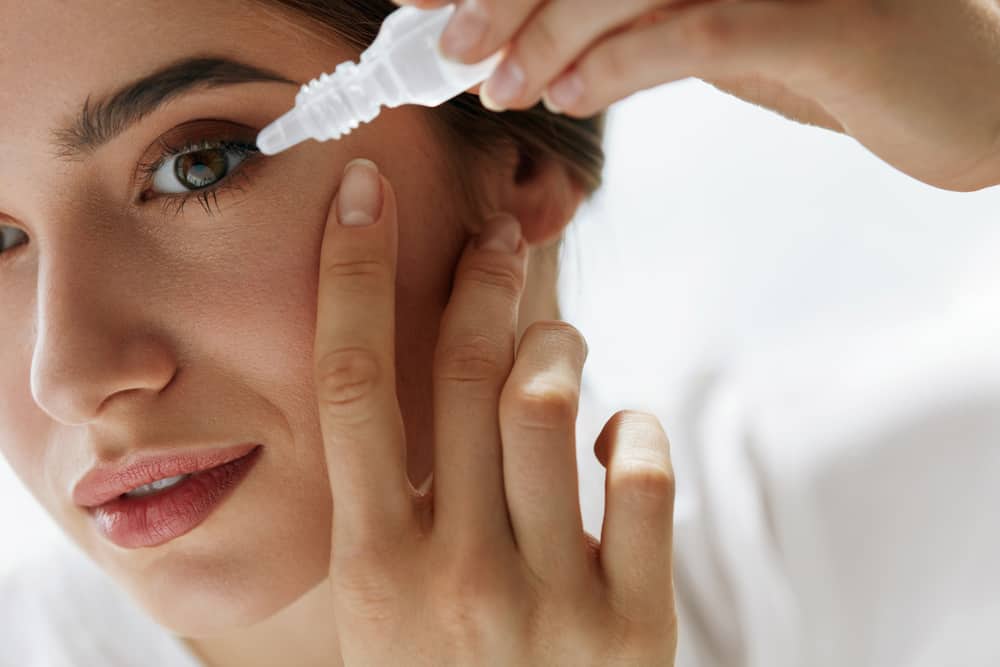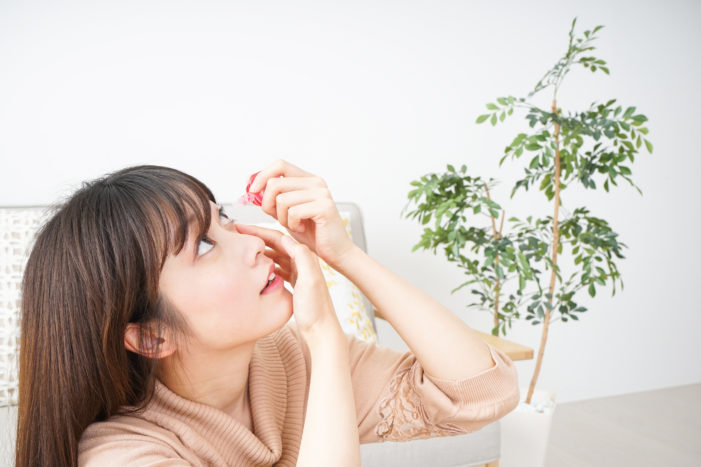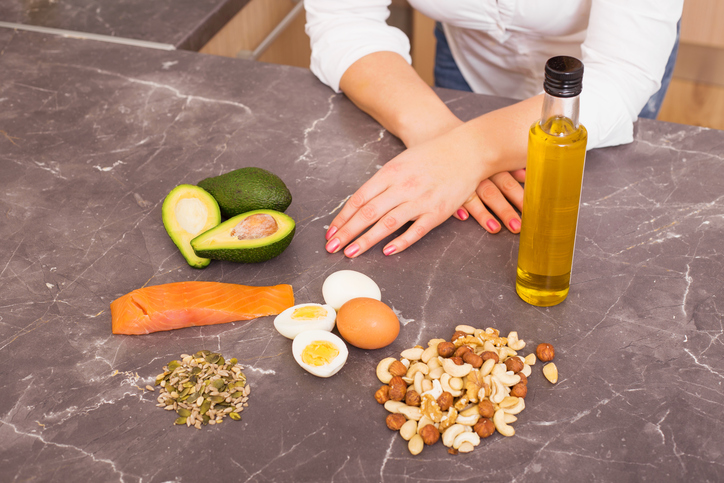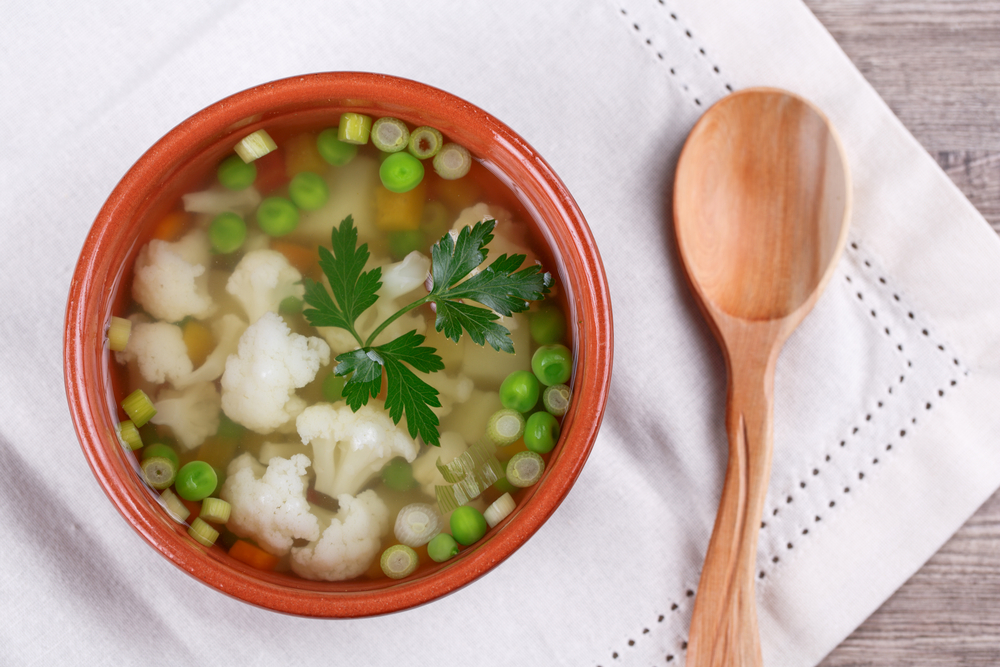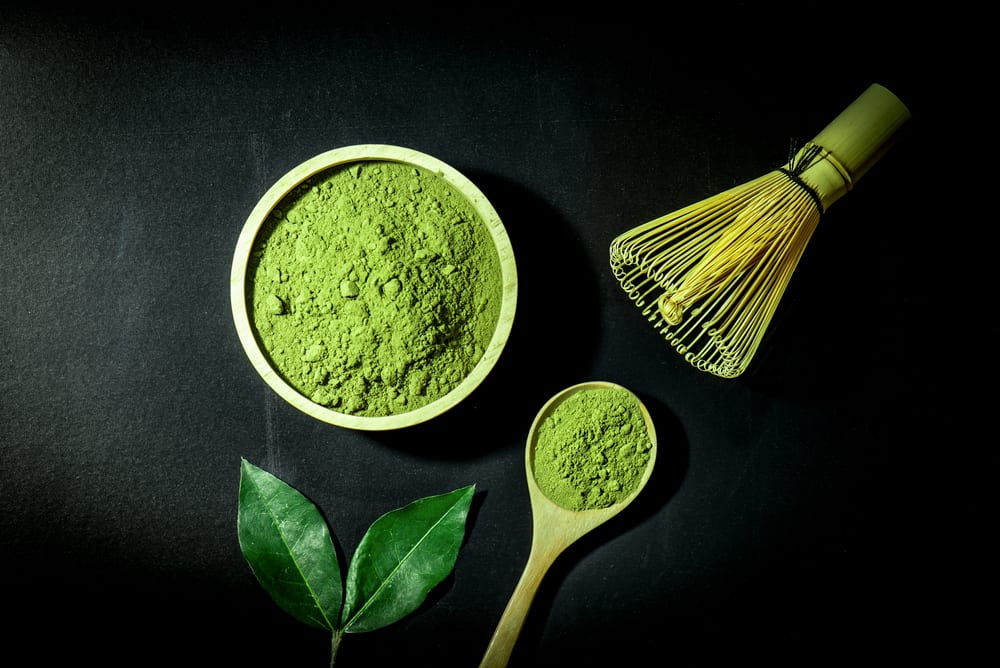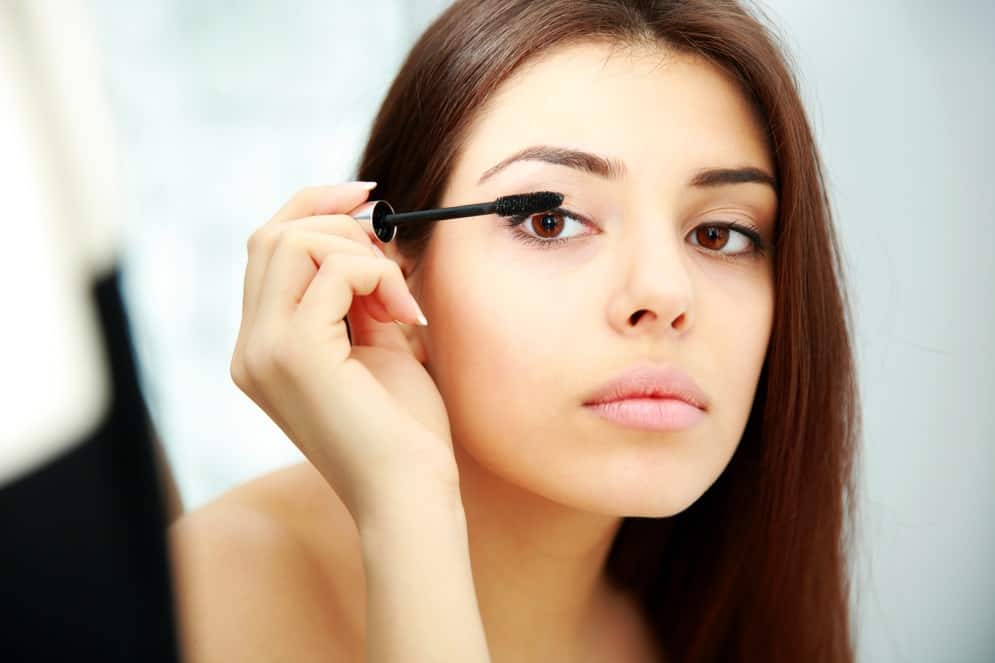Contents:
- Medical Video: 🤣 How Do You Treat Dry Eyes Naturally: 5 Tips for Natural Dry Eye Relief 🤣
- Various ways to deal with dry eyes
- 1. Artificial tears
- 2. Add intake of omega-3 fatty acids
- 3. Cyclosporine
- 4. Close the tear hole (retainer)
Medical Video: 🤣 How Do You Treat Dry Eyes Naturally: 5 Tips for Natural Dry Eye Relief 🤣
Do you often experience symptoms such as having a lump in the eye, reddened and runny eyes, or being sensitive to glare? Be careful, meaning you risk experiencing dry eyes. Dry eyes can indeed happen to anyone, but elderly people are more susceptible to experiencing them. As a way to deal with dry eyes, your eye doctor may suggest the following four things, depending on your eye condition and overall health.
Various ways to deal with dry eyes
1. Artificial tears
The first way to deal with dry eyes is to use artificial tears. This method can be applied to mild to severe dry eye disease. Artificial tears will usually be given in the form of drops, ointments, and gels.
These drugs work by increasing moisturizing fluid (lubrication) in the eye and reducing evaporation of tears, so that the eyes do not easily dry out. Eye drops are often chosen because they are the easiest and most convenient when used. Drugs in the form of drops can be used up to 4 times a day, according to your doctor's advice.
Meanwhile, drugs in the form of ointments or gels are recommended to be used at night only. This is because the texture is thicker and can obscure vision.
Of the various choices of artificial tear medicines available on the market, try to always use drugs that do not contain preservatives, especially for long-term use.
2. Add intake of omega-3 fatty acids
The latest study in the journal Ophthalmology in 2013 found evidence that increasing consumption of essential omega-3 fatty acids for one month can help increase tear production and reduce evaporation. Omega-3 fatty acids can be obtained in the form of supplements or through daily food.
Various types of foods that contain high amounts of omega-3 include:
- Green leafy vegetables
- Olive oil
- Tuna, salmon and sardines
- Nuts
- Linseed
- Eggs enriched with omega-3
- Avocado
3. Cyclosporine
Cyclosporine is an anti-inflammatory eye drop. This drug contains 0.05 percent cyclosporine and is only used in moderate to severe dry eye disease.
This drug is used as much as one drop every 12 hours (2 times a day). When used together with artificial tears, pause for 15 minutes so that each drug can absorb perfectly into your eyes.
The most common side effect is a burning sensation during the first week of using the drug. In general, new progress will be felt after use for approximately a month.
4. Close the tear hole (retainer)
This procedure will be carried out when the dry eye disease is severe. Pungta or tear ducts can be temporarily closed using silicon or collagen. Installation of a retainer plug will be done by an ophthalmologist. Whereas if it has to be permanently closed, the doctor may use a laser or cautery.
In addition to the four ways to deal with the dry eye above, another thing that can also help to reduce symptoms of dry eye is lifestyle changes. For example, by avoiding exposure to cigarette smoke, keeping the humidity of the air around you (for example by using it) humidifieror air humidifier), and limit usegadgetwhich can cause tired eyes.

